 Xingaonai
Xingaonai
In nature, there are many types of gold ore, also known as gold deposits, and the main mineral is natural gold. Humans try to classify the types of gold ore from different needs and different angles. There are classifications based on mineralization type, rock type, and difficulty of ore processing. Today, we mainly talk about the main factors affecting gold beneficiation, which are the mineral composition, existence form and morphology of the ore. Gold ore are divided into 12 types, and Xingaonai Heavy Industry will introduce them in detail.
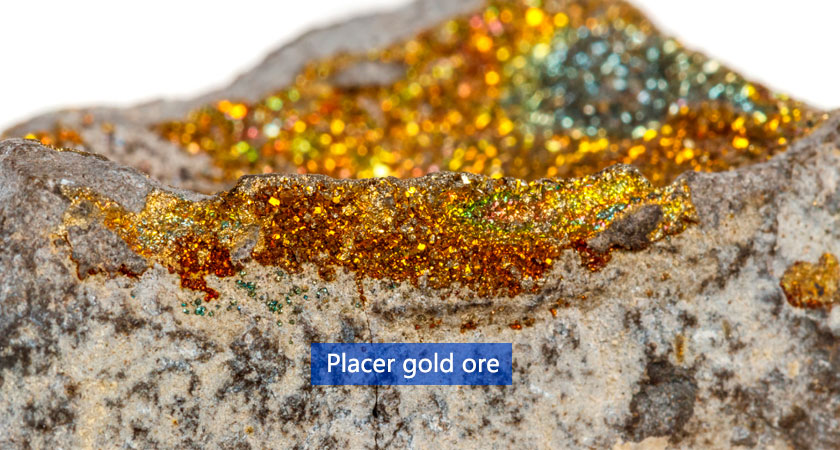
Modern placer gold deposits are formed by the weathering, separation, transportation and deposition of gold microparticles in primary gold deposits through various geological actions. This type of mineral composition is simple, and the main component is quartz, and the gold contained in it is the only usable metal. Generally, particles smaller than 50-100μm may also appear as nuggets of gold several centimeters in size. Gravity separation equipment and gold centrifuges (gold centrifuges, fully automatic ore centrifuges, copper centrifuges, gold centrifuges) and amalgamation can be used to recover more than 95% of gold.
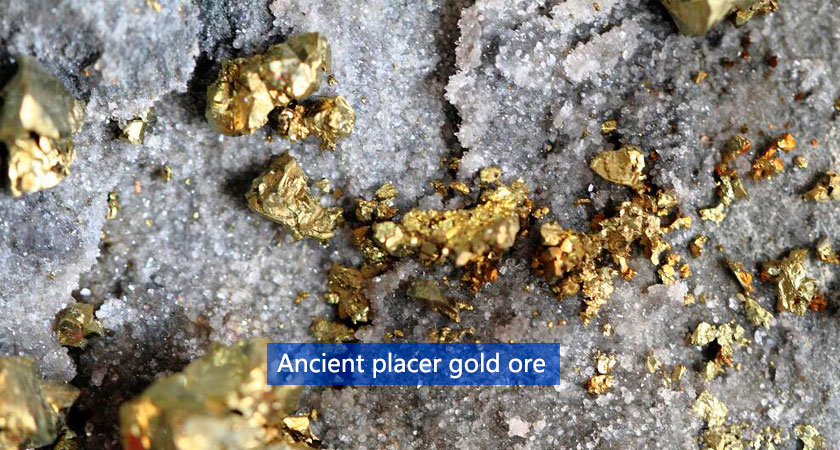
Petrified placer is ancient gold ore, which is generally composed of rockized gravel in the form of sediment. There are granular and fine-grained quartz, pyrite, mica, titanium minerals and platinum group metals in the gravel cement. The gold particle size can vary, with an average of about 75~100μm, and the higher gold grade is about 5~15g/t. Gravity separation equipment, gold centrifuge and cyanidation can be used for effective extraction, and the gold recovery rate can reach more than 95%.
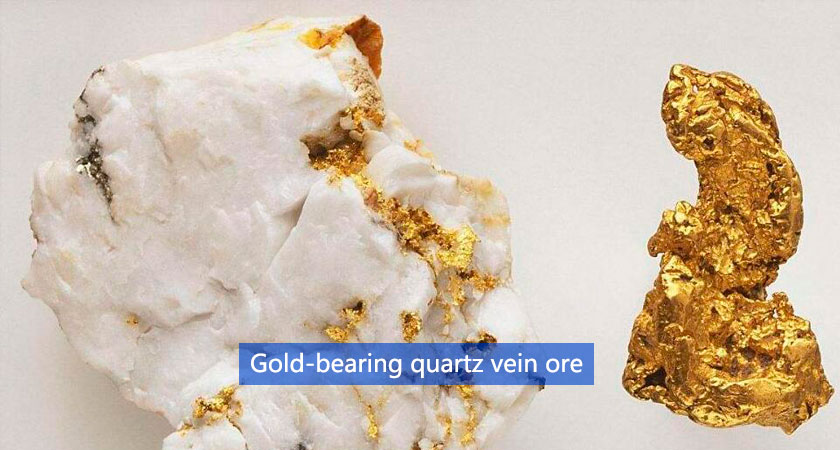
The composition of gold-bearing quartz vein ore is simple, with quartz as the main component. Gold is the only recoverable metal, and generally gold is in a fine granular form. It can be effectively recovered through simple processes such as gravity separation equipment, gold centrifuge, amalgam and cyanidation, and the gold recovery rate is high.
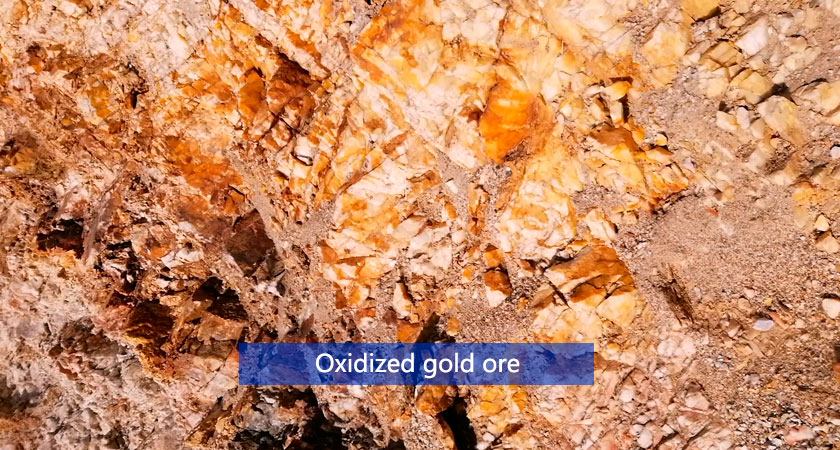
Original sulfide ore is formed into oxidized gold ore by oxidation and weathering. Generally, gold is in a dissociated state or exists in the alteration products of pyrite and other sulfides. Gold may also coexist with manganese oxides and hydroxides. Due to structural destruction, rock permeability is enhanced, and the heap leaching method with a high leaching rate of raw ore can achieve good results.
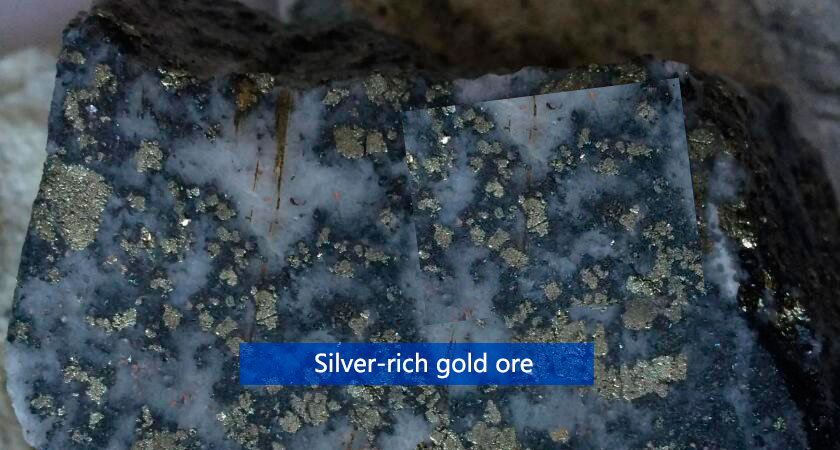
In nature, silver often coexists with gold to form silver-gold or gold-silver mines. Silver can be recovered while gold is recovered, killing two birds with one stone. Since gold and silver often coexist with pyrite, flotation valves can be used to enrich mineral concentrates, and then cyanidation can be used to efficiently recover gold and silver.
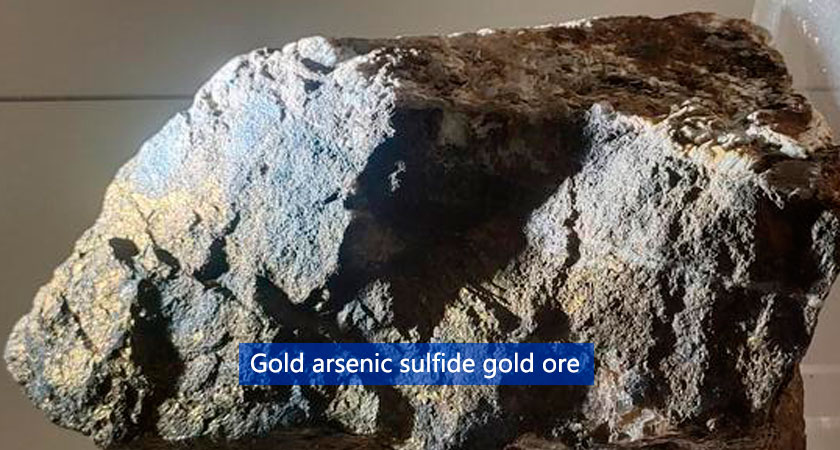
Gold arsenic sulfide gold ore is the second largest gold ore after pyrite. Its main component is gold sulfide minerals, containing more arsenopyrite and pyrite, which can be recovered as by-products. This type of ore is generally difficult to handle, with a lower gold grade and finer natural gold particles. Flotation valves are generally used to enrich sulfides and gold.
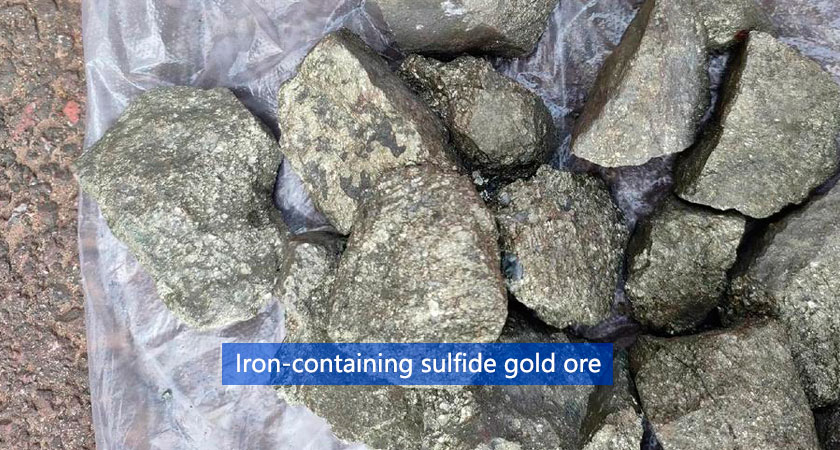
Iron sulfide gold ore belongs to quartz vein type, with quartz as the main component, and contains a small amount of iron sulfide minerals, such as marcasite, pyrite, pyrrhotite, etc. Gold exists in various forms in quartz and iron sulfide minerals. When the ore exists in the form of pyrite and contains a small amount of sulfide, gold is the only recyclable component, and the particle size is relatively coarse. When pyrite contains more sulfides, it is recovered as a by-product of gold.
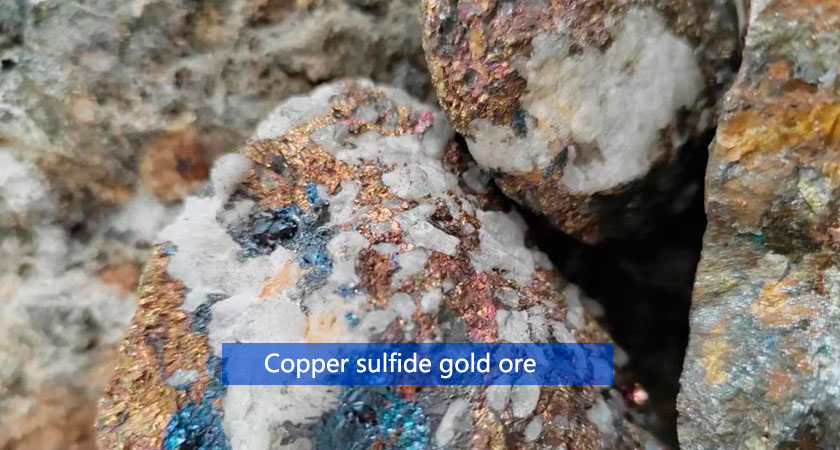
It is difficult to see gold and copper minerals coexisting in copper sulfide gold ore. It is generally present in pyrite, and the copper minerals are mainly chalcopyrite and bornite. The gold grade in this ore is low, and flotation valves are usually used to enrich gold in copper concentrate.
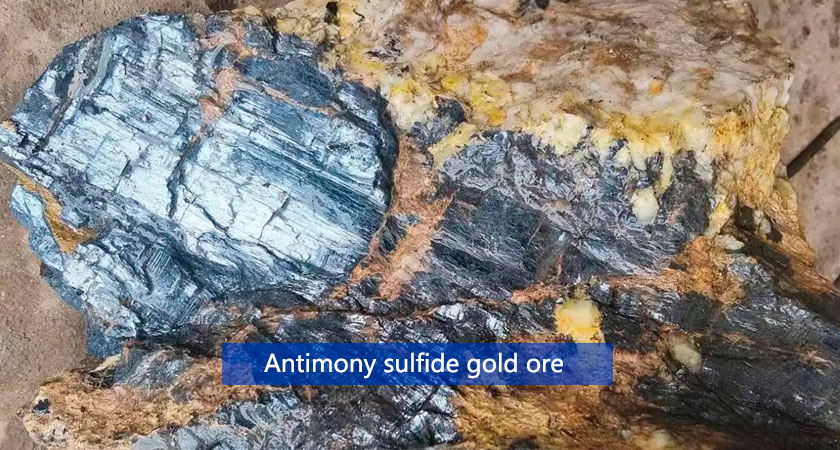
Antimony sulfide gold ore, whether it is associated with antimony minerals or independent antimony minerals, can affect production conditions and process selection. It is difficult to directly mix gold with mercury or cyanide because of the antimony in the form of antimony gold ore, stibnite and other minerals, so flotation, concentrate roasting and finally cyanide extraction are the only methods.
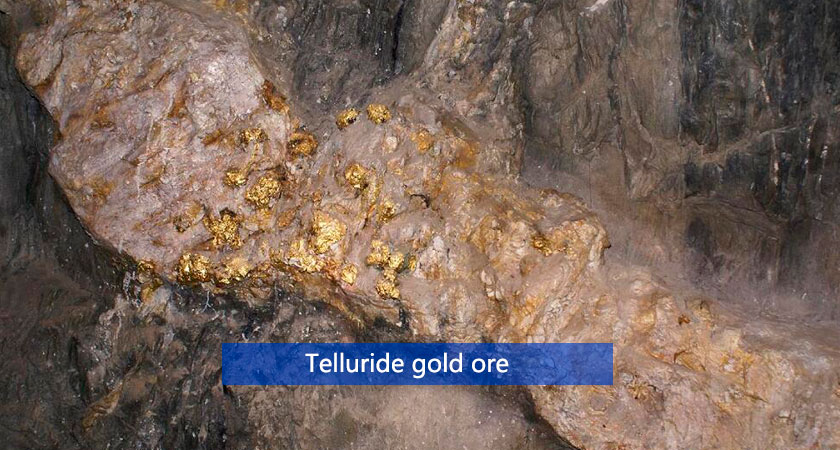
In addition to natural gold and gold-silver minerals, the only economically significant gold mineral is gold-telluride compound. This compound usually coexists with natural gold and sulfide minerals. In order to obtain an effective gold extraction rate, if the telluride containing or not containing silver dissolves very slowly in the cyanide solution, this oxidation stage is not required.
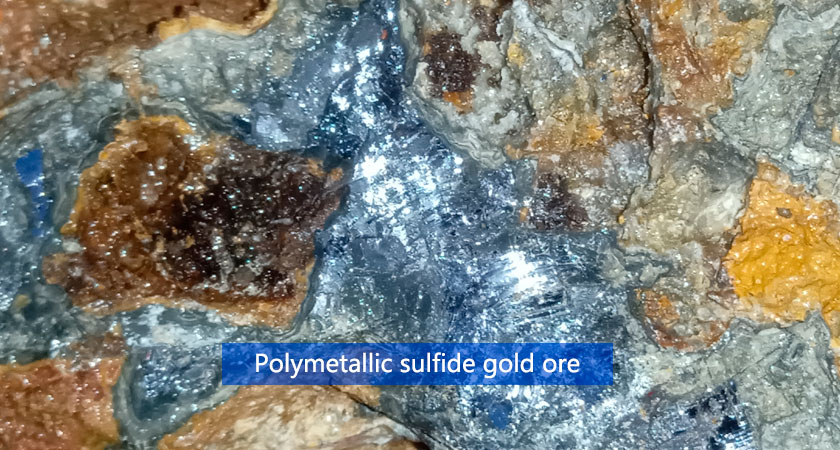
Natural gold is not only closely related to pyrite, but also closely coexists with minerals such as copper and lead. This type of polymetallic sulfide gold ore containing lead, zinc, copper, etc. usually uses a flotation valve to enrich gold in non-ferrous metal mineral gold ore, and finally recovers gold in a comprehensive manner during smelting.
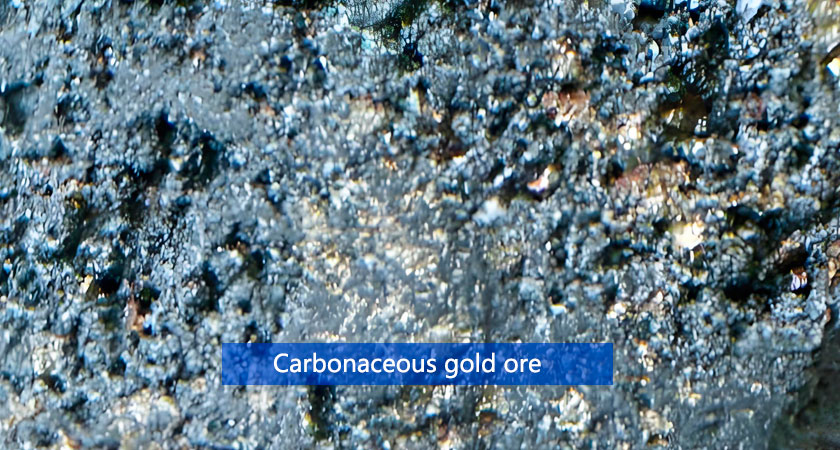
Carbonaceous gold ore contains not only some form of pyrite, but also carbonaceous materials such as activated carbon, hydrocarbons, graphite, and sometimes clay minerals. Carbon and clay affect the cyanide extraction rate of gold during the cyanidation process because they adsorb gold-cyanide complexes. In this case, oxidation pretreatment is required before cyanidation.
Author: Xingaonai
Reprint address: https://www.xgncrusher.com/Industralnews/12-types-of-gold-ore.html
Copyright © 2016-2030 Xingaonai Group All Rights Reserved. Xingaonai Sitemap